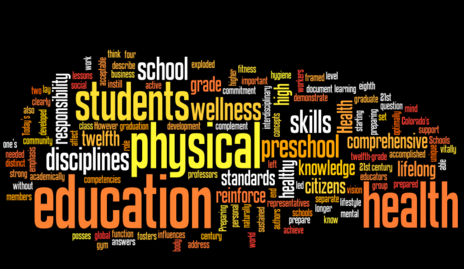| Basketball Bonkers | |
|
State Standard: 1, 2, & 3 |
|
| Equipment: Ball per student (rubber play ground ball work great) music, tokens, Frisbee, music | Grade: K-2 |
| Purpose of Event: Shooting balls into a hoop, running, cardiovascular, counting, adding | |
| Time: 10-15 minutes | |
| Description:
Give each student a ball, I use rubber play ground balls, they bounce easily and are softer than real basketballs. When the music plays, have students shoot hoops (I have 6 hoops for about 20 students). If they make a basket, they come to me and take a token out of my “treasure chest” and put it in an upside-down Frisbee. After 1-2 minutes, I stop the music and have the students gather around me to help count the tokens. Variations: count by 2, 3, 5 etc. I also sometimes have one student pick out an bonus token, what ever color it is, that color token is worth more points then the other colored tokens. For St. Patrick’s Day I use green tokens and a black “pot-of-gold” to put the tokens in. I have to watch to treasure chest other wise students take out more than on token at a time. |
|
| Concerns: Move safely in general space. Careful using too hard of a ball, students could get hit in the head with other balls while getting their own, that is why I use playground balls. | |
| This idea is from: | |
